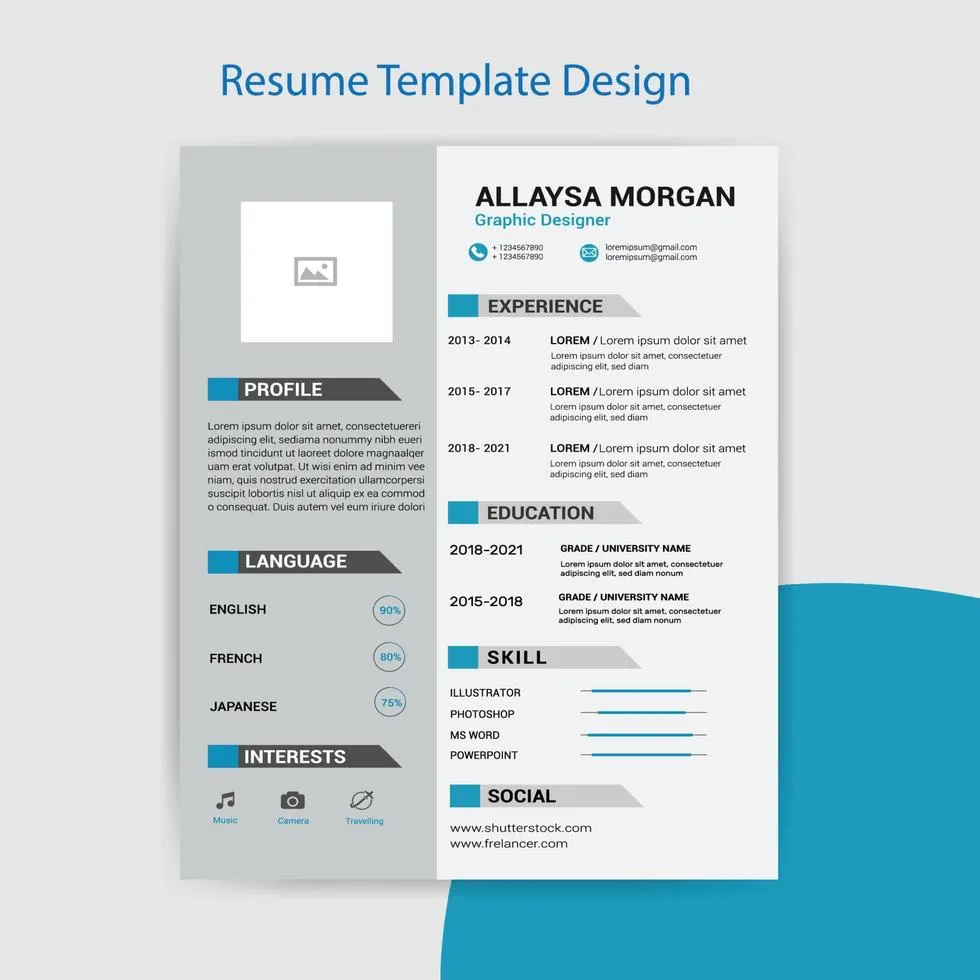Understanding the Purpose of a Cover Letter
A resume cover letter is more than just a formality it’s your initial opportunity to make a compelling first impression on a potential employer. It serves as a bridge between your resume, which presents a factual overview of your experiences and skills, and the employer, allowing you to communicate your interest in the specific role and demonstrate how your qualifications align with the job requirements. The cover letter provides a space to articulate your career goals, highlight relevant achievements, and showcase your personality, giving the hiring manager a more holistic understanding of who you are beyond the bullet points on your resume. Think of it as a sales pitch for yourself, designed to entice the reader to delve deeper into your qualifications and invite you for an interview.
Why a Cover Letter Matters
In a competitive job market, a well-crafted cover letter can set you apart from other candidates. It offers a chance to demonstrate your written communication skills, which are valuable in almost every professional setting. Moreover, a cover letter allows you to tailor your application to the specific job and company, showing that you’ve done your research and genuinely want the position. This level of personalization is often missing in standard resumes. By articulating your enthusiasm, you signal to the employer that you are not just applying for any job, but that you are specifically interested in this opportunity and believe your skills and experiences are a strong match. A strong cover letter increases the likelihood of your resume being noticed and considered.
The Importance of Tailoring
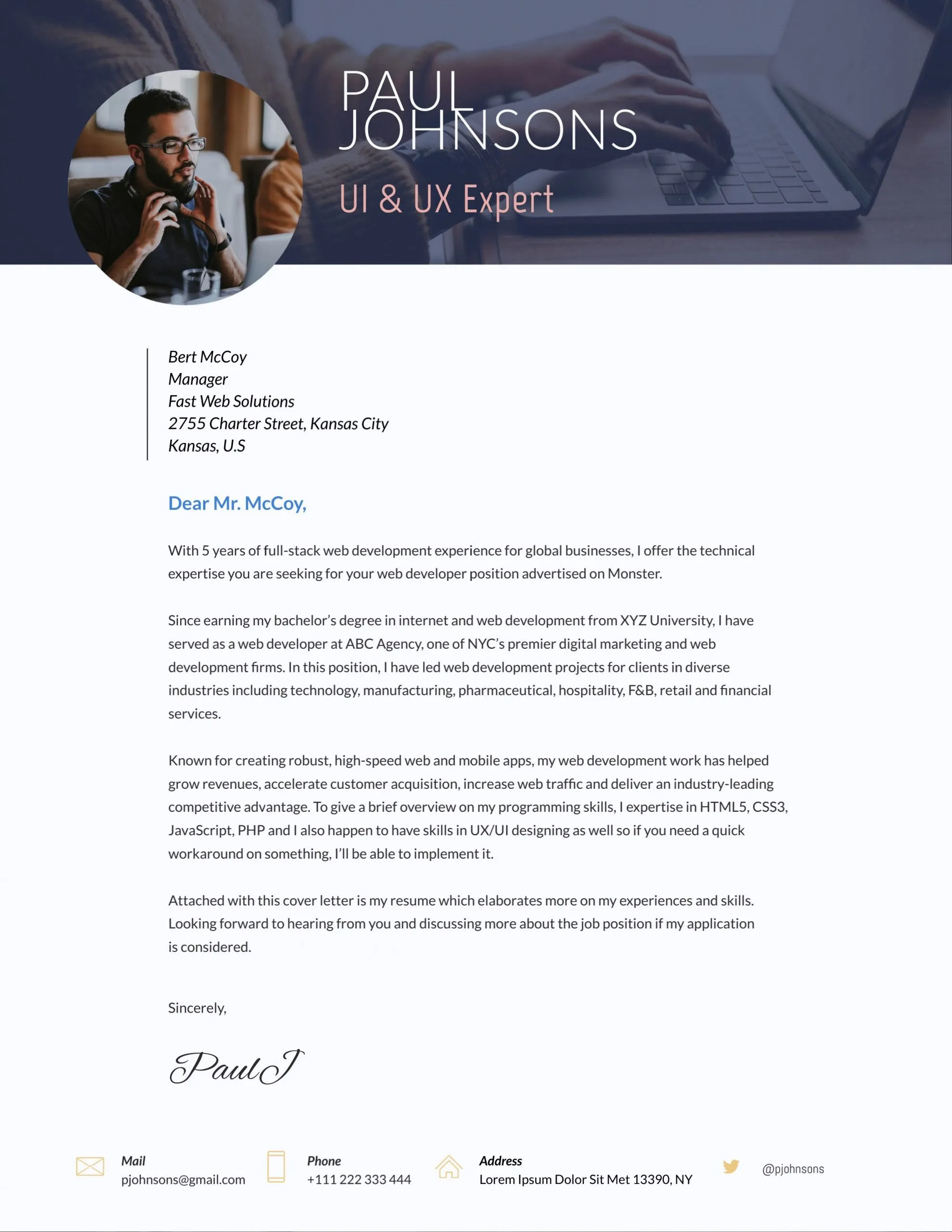
Generic cover letters are easily recognizable and often discarded. Customization is key. Tailor each cover letter to the specific job and company you are applying to. This involves carefully reviewing the job description and identifying the key skills and experiences the employer is seeking. Then, highlight your relevant qualifications and provide specific examples of how you have demonstrated those skills in previous roles or projects. Research the company and its values, and incorporate this knowledge into your letter to show that you understand their mission and culture. By personalizing your cover letter, you show the employer that you’ve taken the time to understand their needs and believe you are the right fit for the role.
Key Components of a Cover Letter
Contact Information and Date
Begin your cover letter with your contact information, including your name, phone number, email address, and possibly your LinkedIn profile URL. Place this at the top, followed by the date. If you know the hiring manager’s name and title, include it in the salutation, addressing them directly (e.g., “Dear Mr./Ms. [Last Name]”). If you don’t know the name, use a professional salutation such as “Dear Hiring Manager” or “Dear [Department] Team” to maintain professionalism. Ensure your contact details are accurate to facilitate a quick response from the employer.
The Opening Paragraph: Grabbing Attention
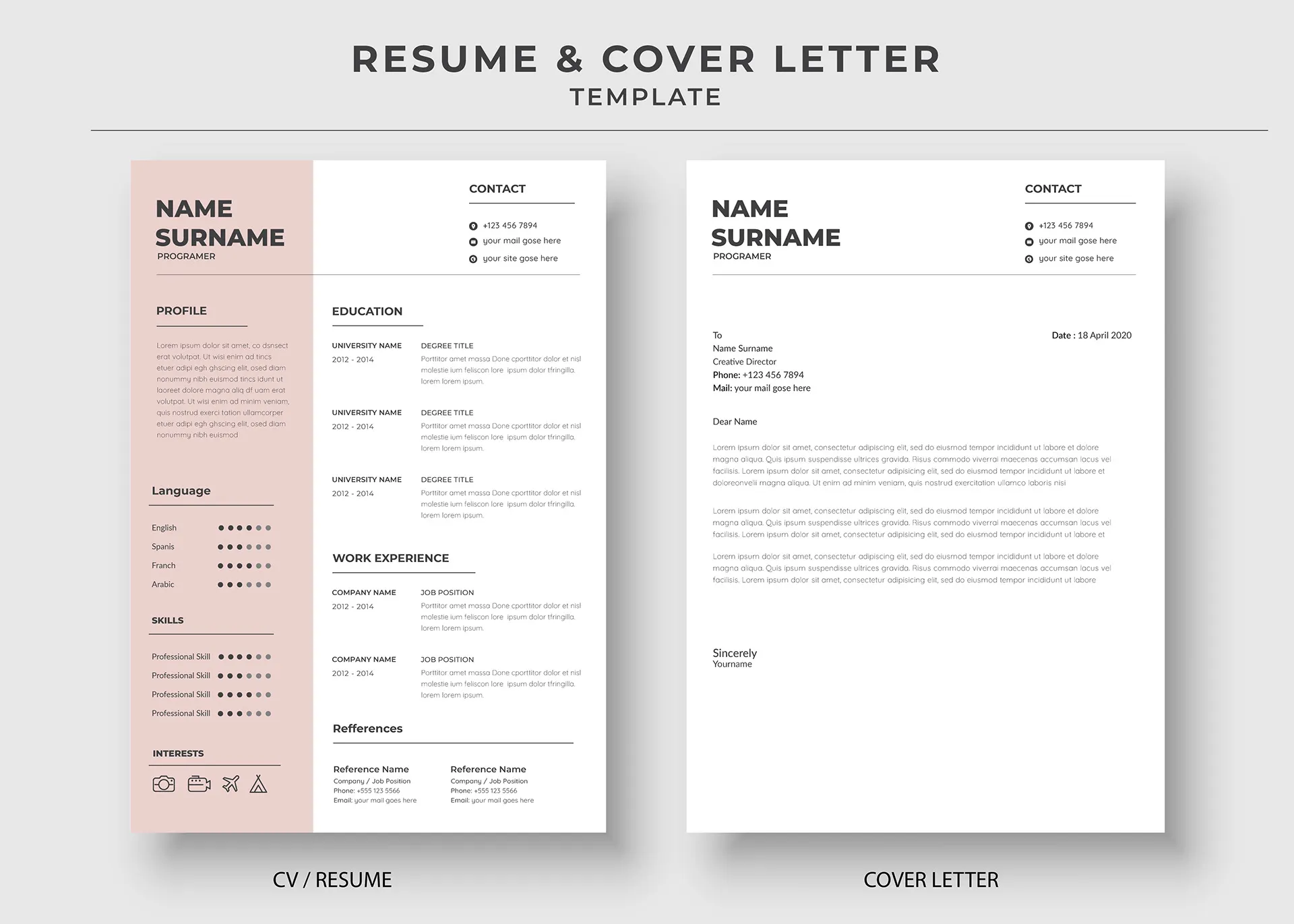
The opening paragraph is your chance to immediately grab the reader’s attention. Start with a strong statement that highlights your interest in the position and the company. Briefly mention how you learned about the opportunity. You can also include a brief overview of your most relevant qualifications and experience, particularly those that align with the job requirements. Avoid generic openings like “I am writing to express my interest.” Instead, try a more engaging approach, such as mentioning a specific achievement or a relevant project that showcases your capabilities. The goal is to make the hiring manager want to read more about you.
Highlighting Relevant Skills and Experiences
In the body of your cover letter, elaborate on your skills and experiences, selecting the ones most relevant to the job description. Use specific examples to illustrate how you’ve demonstrated these skills in the past. Refer back to the job posting, and address the key requirements outlined by the employer. Explain how your skills and achievements align with what the employer is looking for. Quantify your achievements whenever possible, using numbers and data to demonstrate the impact of your contributions in previous roles. This will make your letter more impactful and demonstrate your value as a potential employee.
Quantifying Achievements
Quantifying your achievements is crucial for showcasing your impact. Instead of simply stating that you improved customer satisfaction, for example, provide data such as “Increased customer satisfaction scores by 15%.” Similarly, if you were responsible for increasing sales, include the percentage increase or the dollar amount. If you managed a project, mention the results achieved, such as “Successfully launched the project on time and under budget.” Numbers and quantifiable data add credibility to your claims and help the hiring manager understand the value you bring. Use metrics to demonstrate the outcomes of your actions and highlight the positive results you have achieved.
Showcasing Personality and Enthusiasm
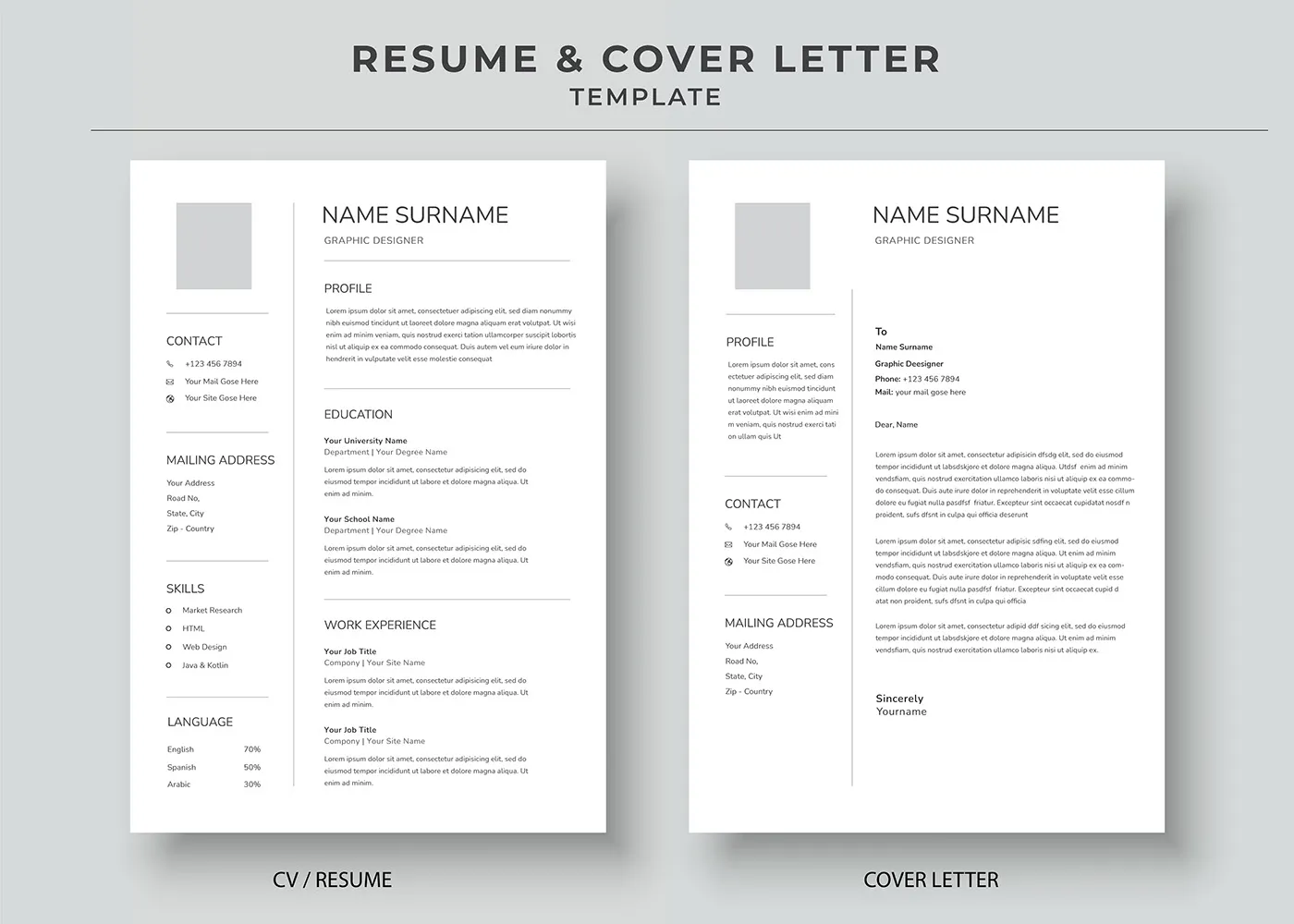
While maintaining professionalism, inject your personality into your cover letter. This helps the hiring manager get to know you better and understand your enthusiasm for the role. Use a conversational tone, and show your passion for the industry or the company. Explain why you’re excited about the opportunity and how your goals align with the company’s mission and values. This can include talking about your interest in the company’s product, services, or culture. Your enthusiasm makes a more lasting impression and makes the cover letter more memorable. Remember to keep the tone appropriate for a professional setting.
Addressing the Employer’s Needs
Address the employer’s needs directly by referencing the specific requirements of the job posting. Explain how your skills, experience, and qualifications align with those needs. Show the hiring manager that you understand the role and the challenges they’re trying to address. By clearly showing how you can contribute to their team and solve their problems, you significantly increase your chances of getting an interview. Relate your past successes to the job’s core responsibilities and highlight how you have the relevant skills to exceed expectations.
The Closing Paragraph: Call to Action
In the closing paragraph, reiterate your interest in the position and thank the hiring manager for their time and consideration. Include a clear call to action, such as expressing your desire to discuss your qualifications further and inviting them to contact you. Provide your contact information again if needed. End with a professional closing, such as “Sincerely” or “Best regards,” followed by your name. Keep your closing concise, and make sure your enthusiasm for the opportunity is clearly evident. A strong close encourages the hiring manager to contact you.
Formatting Your Cover Letter
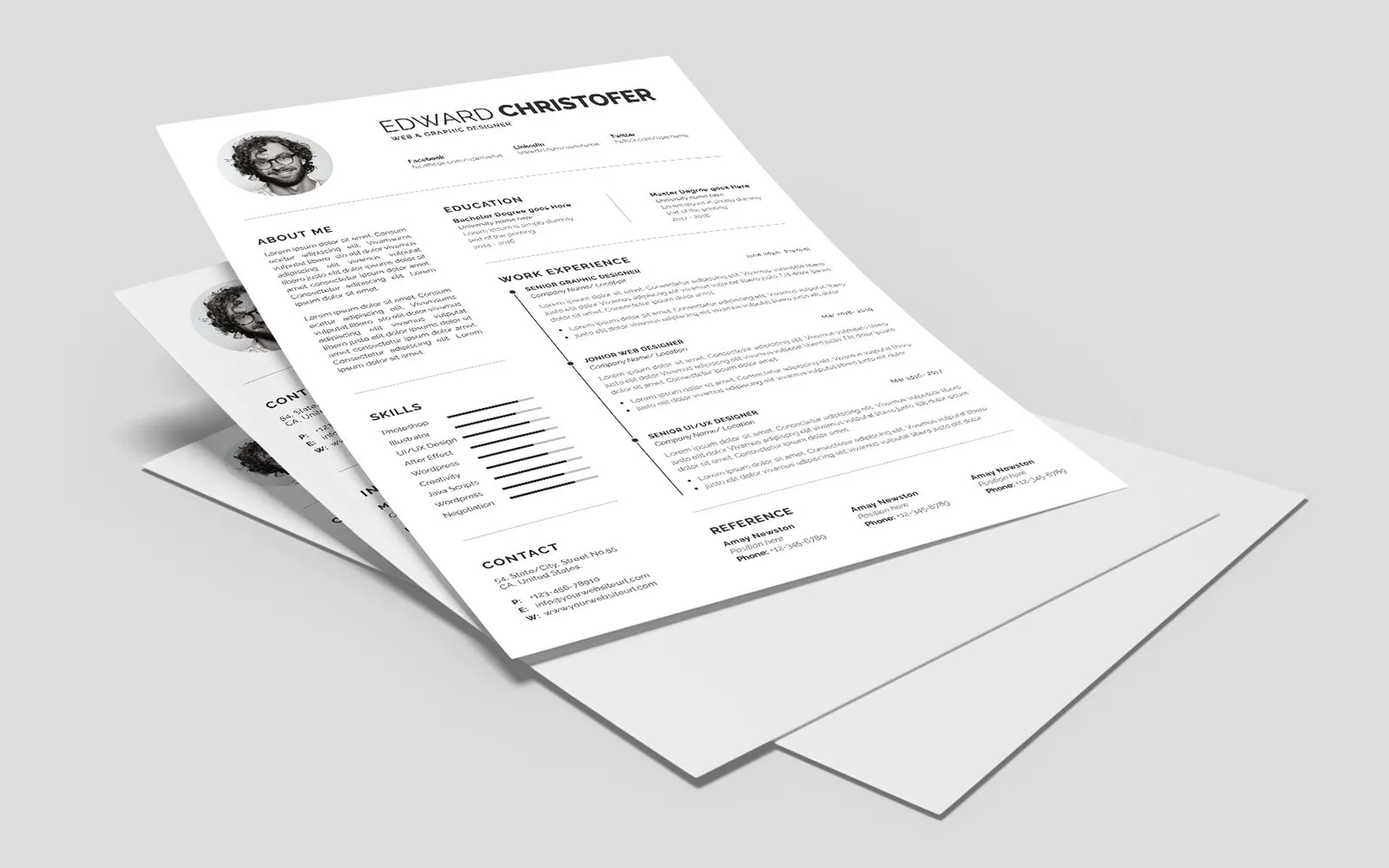
Font and Style Guidelines
Select a professional and readable font, such as Times New Roman, Arial, or Calibri, with a font size between 10 and 12 points. Maintain consistent formatting throughout the letter, including font style, size, and spacing. Ensure your letter is clean, and the layout is easy on the eyes. Avoid using overly decorative or unusual fonts that could distract the reader. Keep it simple and professional. Use bolding sparingly, mainly to highlight key points or headings. The focus should be on readability and the content of your letter.
Layout and Structure
Use a standard business letter format, with left alignment. Include adequate margins (1 inch on all sides) and single-space your content with a blank line between paragraphs. Use clear headings and subheadings to break up large blocks of text and make it easier to scan. Keep your paragraphs concise and to the point. The structure should be logical and easy to follow, with each section serving a specific purpose. Make sure the letter flows smoothly and guides the reader through your qualifications and interest in the role.
Proofreading and Editing
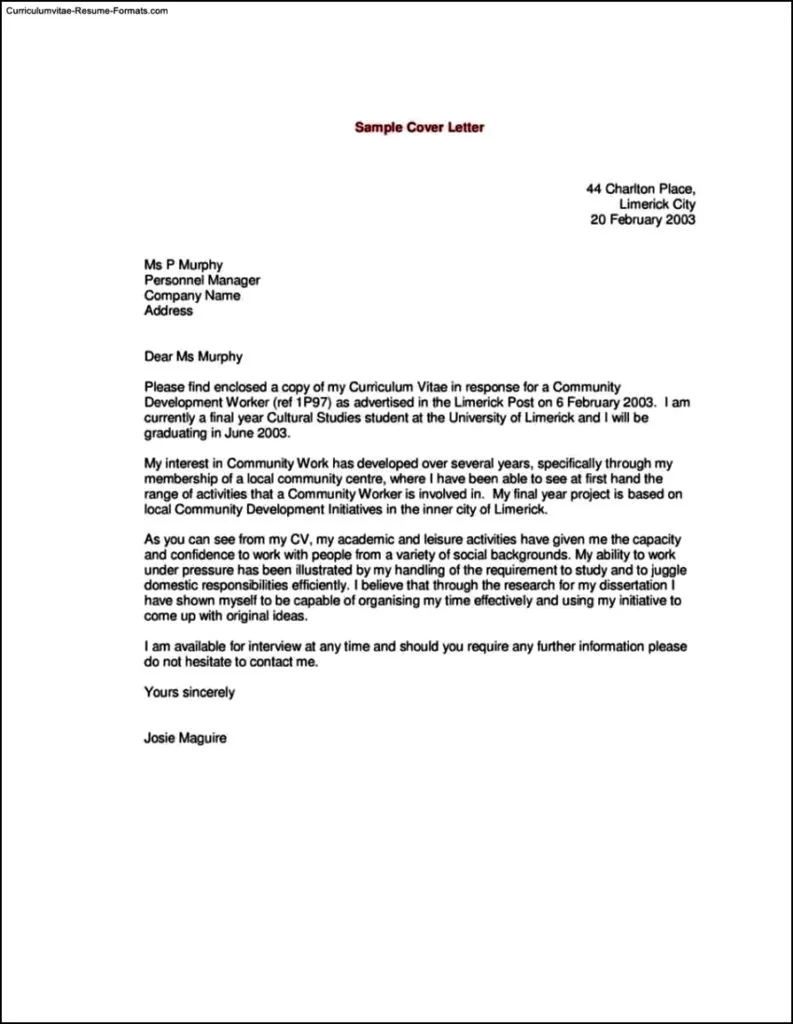
Common Mistakes to Avoid
Be meticulous in proofreading your cover letter. Ensure there are no grammar or spelling errors. Avoid using informal language, slang, or jargon. Ensure your tone is professional throughout. Avoid mentioning any negative aspects of your previous roles or employers. Maintain a positive and enthusiastic tone throughout your cover letter. Make sure your letter is original. Copying from templates can lead to impersonal or irrelevant content. Focus on content that is specific to the job.
Overused Phrases and Clichés
Avoid using clichéd phrases that can make your cover letter sound generic and uninspired. Steer clear of phrases such as “hard worker,” “team player,” or “detail-oriented.” Instead, demonstrate these qualities by providing specific examples of your achievements. Don’t use phrases like “I am writing to express my interest.” Instead, write a compelling opening that captures the reader’s attention. Using such overused statements doesn’t provide the reader with any new or unique information and can be counterproductive.
Grammar and Spelling Errors
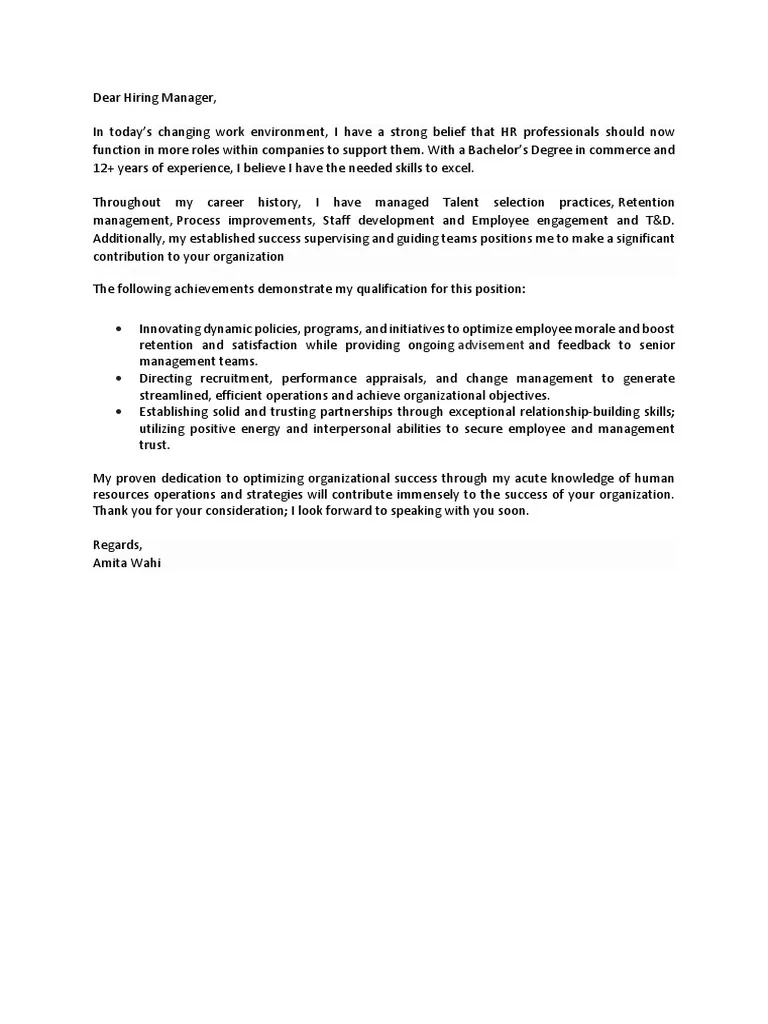
Proofread your cover letter carefully to catch any grammar or spelling errors. These errors can undermine your credibility and leave a negative impression. Use a spell-checker and grammar checker, but don’t rely on them entirely; read through your letter carefully yourself. Ask a friend, family member, or career counselor to review your letter for errors. Pay attention to sentence structure and word choice to ensure that your writing is clear and concise. A polished cover letter shows attention to detail and professionalism.
